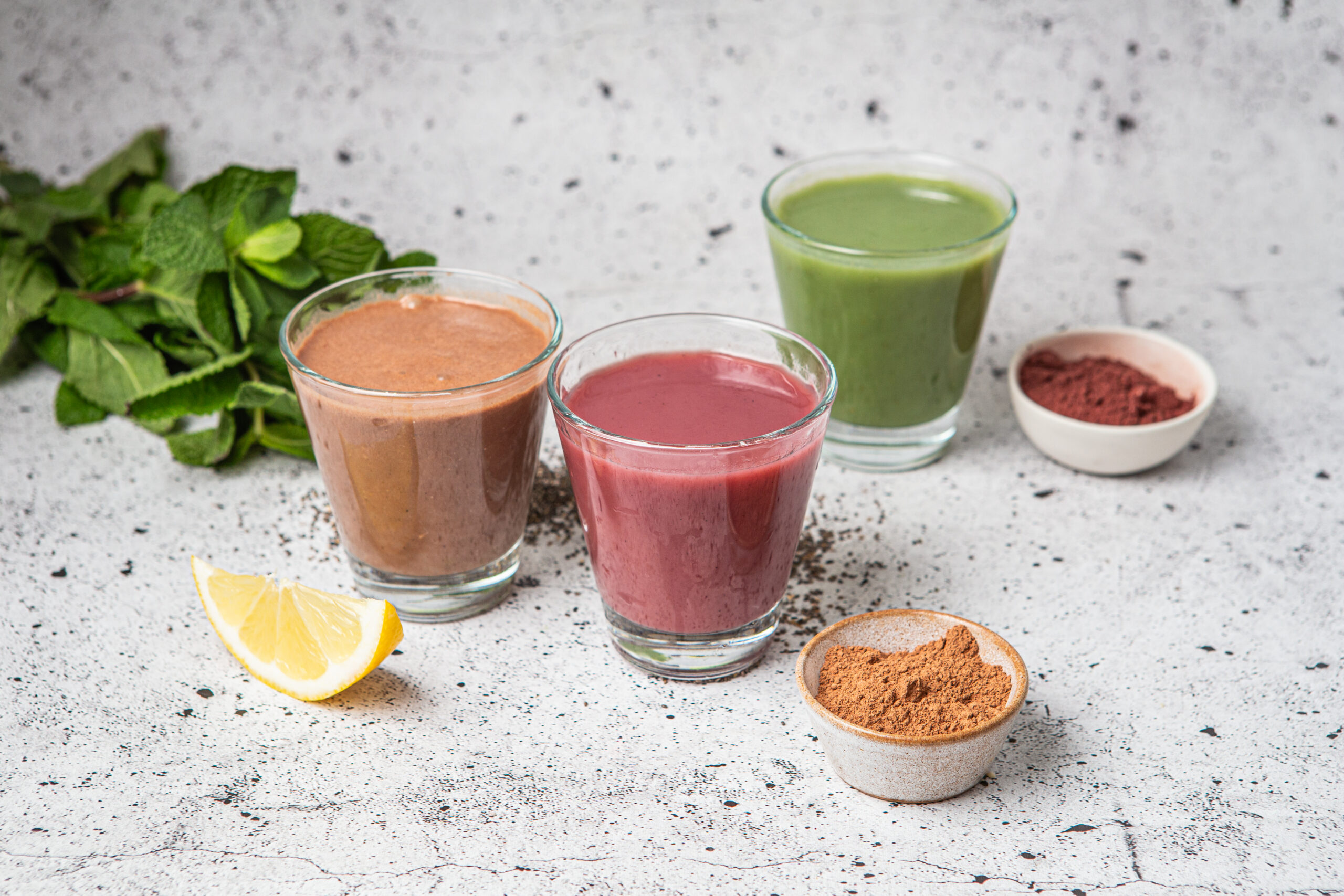Intermittent fasting – a post-Midsummer restart for your body
26. June, 2025

Lifestyle
After Midsummer, many people feel the desire to lighten up — both physically and mentally. Summer tables have been overflowing; late-night BBQs and sweet bites have left their mark. Now, as the days are long, nature invites us to move, it’s the perfect moment to slow down and let the body rest. This is where intermittent fasting comes into play – a simple and natural way to give your body a chance to recover and balance itself.
What is intermittent fasting?
Intermittent fasting is a way of eating where you eat within a specific time window and the rest of the time your body is allowed to rest. The most popular forms are:
• 16:8 – 16 hours of fasting, 8 hours of eating
• 14:10 – 14 hours of fasting, 10 hours of eating (lighter option)
• ADF (Alternate Day Fasting) – alternating days of fasting, where you eat normally on one day and fast almost completely on the other, allowing you to consume only 500 kcal of energy from food.
It is important to understand that intermittent fasting is not starvation, but a rhythm that gives the body the opportunity to recover and find balance again.
What does intermittent fasting do to your body?
Weight loss and metabolic balancing
A 2022 meta-analysis (1) showed that intermittent fasting can help you lose weight even more effectively than continuous calorie restriction. Alternate-day fasting was particularly effective, leading to significant weight loss and a drop in insulin levels of up to 22.6%. A 2021 review study (2) confirmed that, compared to an unregulated eating pattern, intermittent fasting resulted in an average weight loss of 2.88 kg in less than three months.
Cardiovascular health
The 2021 review focused on preventing heart disease. Though long-term clinical outcomes are limited, clear benefits were observed:
- Reduction in triglycerides, LDL (“bad”) cholesterol, and blood pressure
- Increase in HDL (“good”) cholesterol
- Decrease in CRP (C-reactive protein), indicating reduced inflammation
These effects are especially strong in people with metabolic syndrome, type 2 diabetes, or cardiovascular risk factors.
Anti-inflammatory and cellular benefits
Intermittent fasting activates autophagy, a natural cellular cleansing process that removes damaged proteins and components. This supports anti-aging, brain rejuvenation, and potentially lowers cancer risk.
Intermittent fasting has also been found to help restore the rhythm of the gut microbiome, which is often disrupted due to irregular eating.
Who is intermittent fasting for — and who should avoid It?
✅ Recommended for:
- People seeking healthy weight loss
- Those with metabolic syndrome or prediabetes
- Anyone who prefers a simple, routine eating pattern
- People who want to improve their digestion
🚫 Not suitable for:
- Pregnant and breastfeeding women
- Children and adolescents
- People with a history of eating disorders
- Individuals on medications – always consult your doctor
Why summer is the perfect time?
Long summer days naturally support the intermittent fasting rhythm:
- Not hungry in the morning? Skip breakfast and start eating at lunch.
- At BBQs and picnics, choose fresh and easily digestible foods.
- Summer encourages hydration and movement – fasting periods pass more smoothly when your body is active and well-hydrated.
- Seasonal superfoods are in abundance: berries, greens, light smoothies, and plant-based meals.
If you want to recover from Midsummer indulgence, rebalance your nutrition, and give your body a breather – start gently, listen to your body, and let summer guide you.
How to start intermittent fasting?
- Choose a fasting pattern that suits you
For beginners, starting with a 12:12 pattern (12 hours fasting, 12 hours eating) is often easier. Once your body adjusts, you can move to 14:10 or 16:8.
Example: If your last meal is at 8 PM, your next meal in the 16:8 method would be around 12 PM the next day.
2. Take a gradual approach
A sudden shift can cause fatigue, headaches, or irritability. Increase fasting time step by step to let your body adapt naturally.
3. Listen to your body
If you feel dizzy, nauseous, or weak, pause and adjust the fasting schedule. Flexibility is key.
What can you eat and what should you avoid?
During the fasting window (e.g., 16 hours):
Allowed:
- Water (best choice)
- Black coffee (no sugar or milk)
- Herbal tea (unsweetened)

Avoid:
- Caloric drinks (juices, milk, alcohol, smoothies)
- Any food or snacks — even small bites can break your fast
During the eating window:
Recommended foods:
- Whole, nutrient-rich meals: vegetables, whole grains, quality proteins (fish, legumes, eggs), healthy fats (avocados, nuts, seeds, olive oil)
- Fermented and fiber-rich foods to support digestion
- Stay well-hydrated throughout the day
What to avoid (even during eating window):
- Processed and sugar-heavy foods
- Excess refined carbs
- Frequent alcohol consumption
Do you need to watch what you eat during the eating window?
Yes.
Intermittent fasting does not mean you can eat anything and everything while your eating window. Your results — like weight loss, stabilized blood sugar, or improved digestion — depend heavily on what and how much you eat. Filling your eating window with junk food will likely cancel out the benefits of fasting.
Recommended smoothie for the eating window:
Green summer fasting smoothie:
- 1 cup spinach
- ½ avocado
- 1 green apple
- 1 tbsp flaxseeds
- 300 ml water or coconut water
- 1 tsp Be More Detox superfood powder
Used sources:
(1) https://www.mdpi.com/2072-6643/14/9/1781
(2) https://pubmed.ncbi.nlm.nih.gov/33512717/